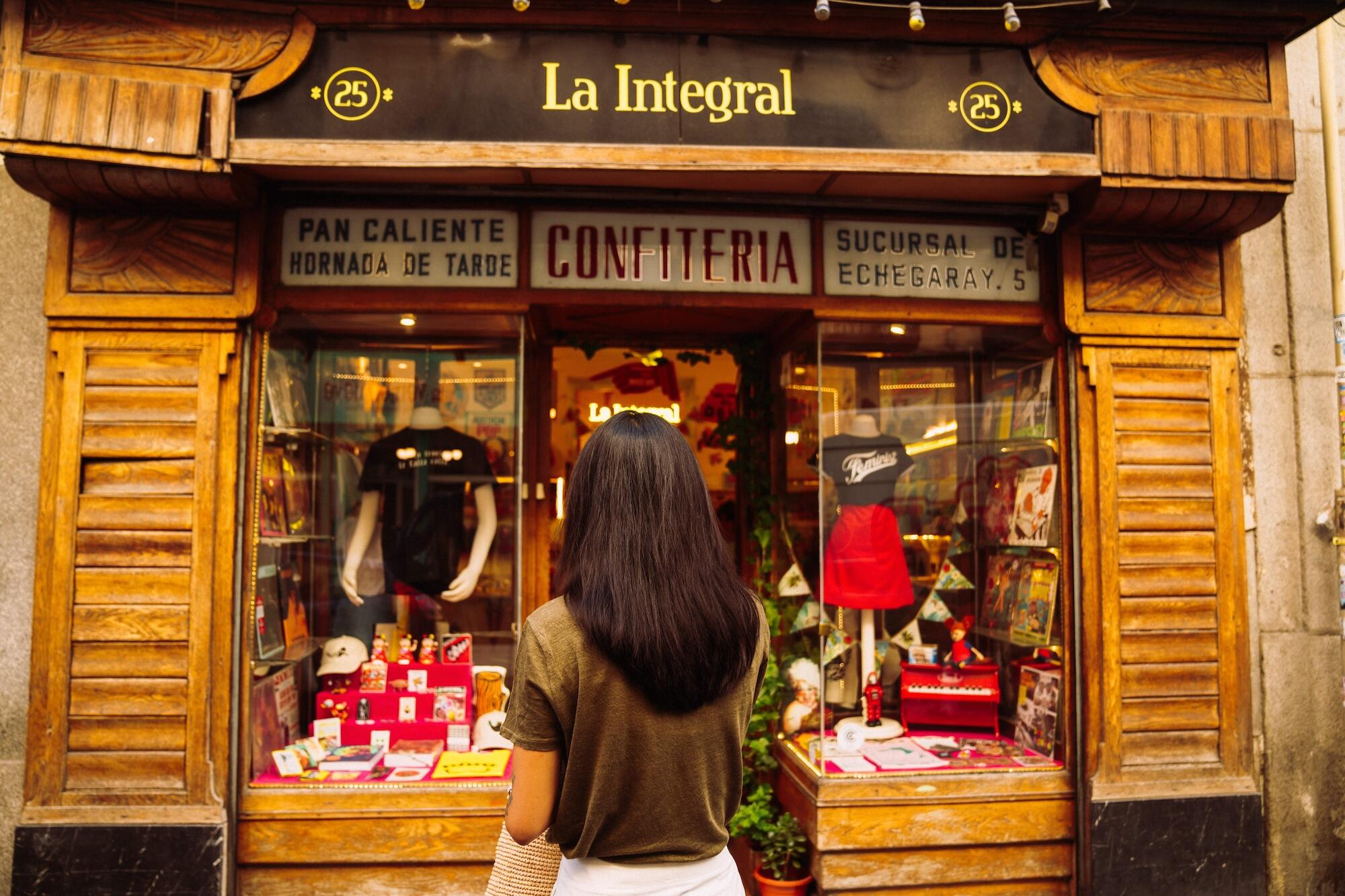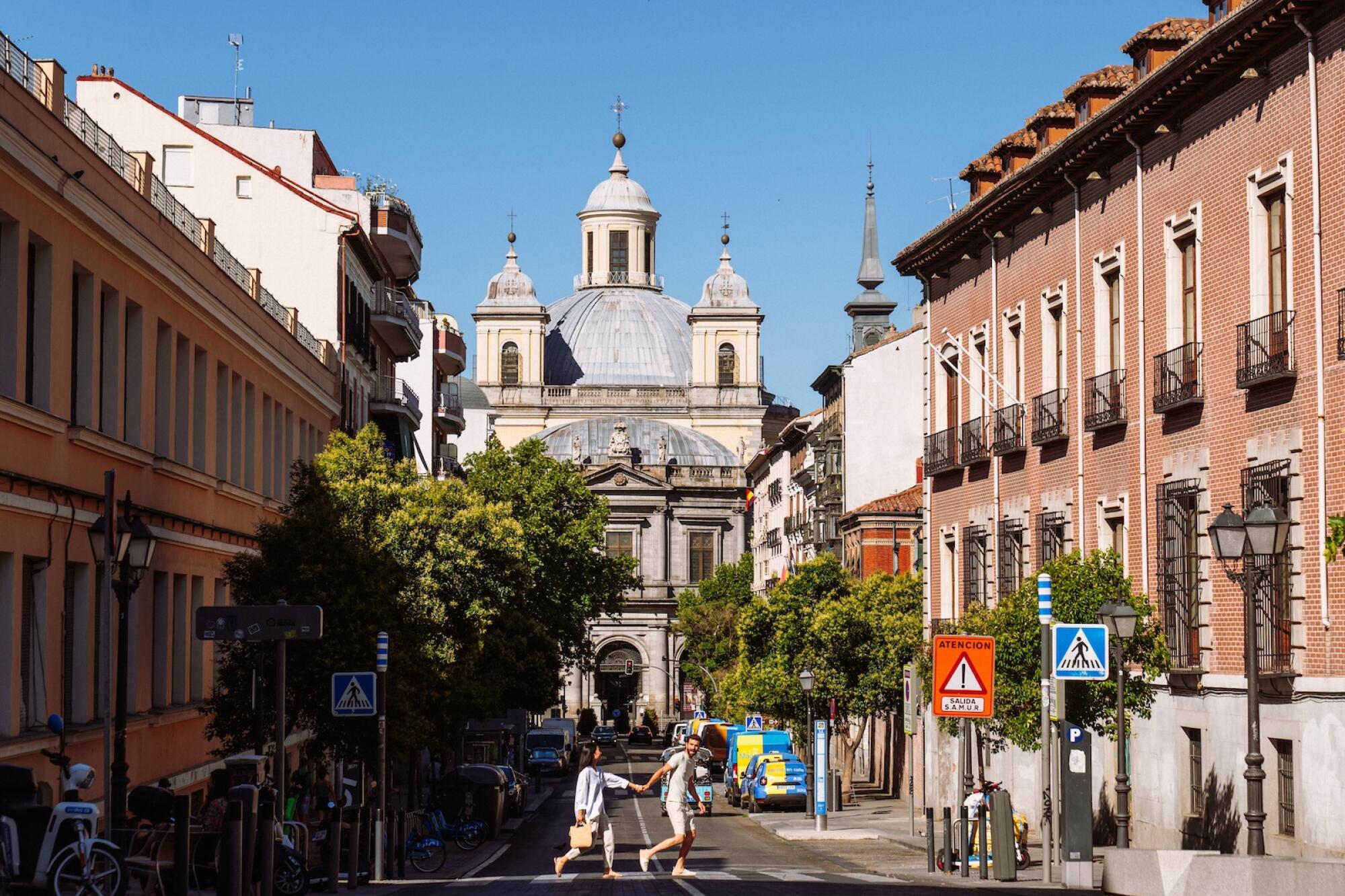
The Spanish capital – and its surrounding idyllic towns – has so much to offer, you’ll want to make it the first (and only) stop on your next vacation
When planning your next getaway, what style of vacation is top of mind? Rugged adventure may have once been the goal, skipping and hopping from place to place with little plan or care. But is that minimalist style really the best way to truly experience your destination?
What if you could have the adventure of a multiple-place tour in a place like Europe, but without all the in-between travel time? Simply fly to your destination and get all the beauty, culture and gastronomy that the continent has to offer, all in one place.
Madrid is here to reframe the European vacation. The Spanish capital, cultural and geographic center, and its greater region offer memories, amazing historical sights, fine dining, incredible cultural experiences and luxe shopping all within 30 minutes of the restful recharge of your five-star hotel.
The city, or more specifically, the region in central Spain known in total as Madrid, is analogous to a U.S. state and loaded with exploration opportunities: medieval towns, gorgeous wineries and culinary delights that offer copious history coupled with signature Spanish flavor.
Luxurious Accommodations
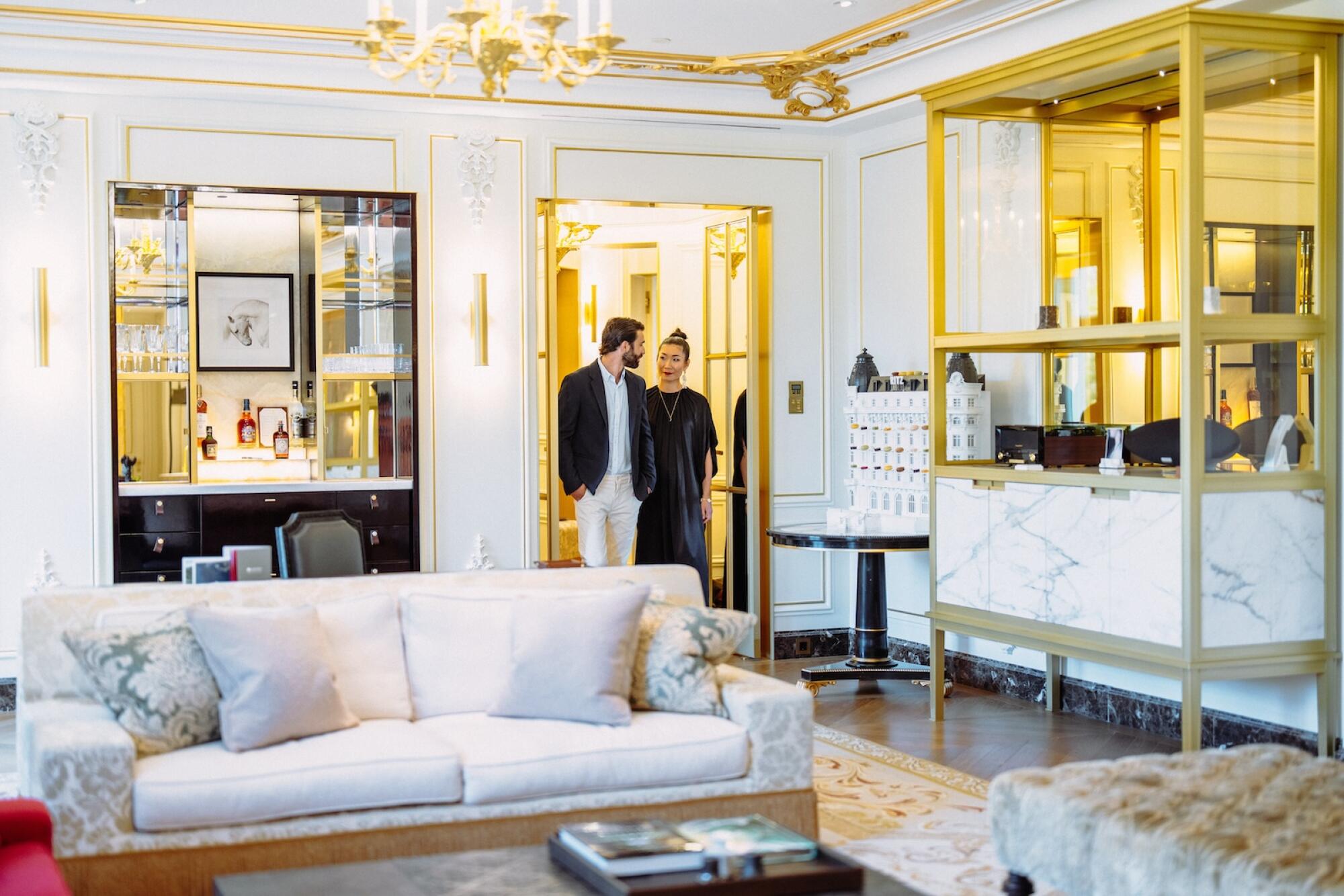
Where to stay? It’s the first question almost all travelers ask beyond flight time – and luckily, Madrid has no shortage of luxe accommodations for the discerning traveler. NH Hotel Group, which operates several hotels in the city center: the five-star NH Collection Madrid Palacio de Tepa or NH Collection Madrid Suecia are the perfect jumping off point for a trip.
The Mandarin Oriental Ritz Madrid, also in central Madrid, is a five-star hotel experience unique in beauty and setting. The building was opened in 1910 at the behest of King Alfonso XIII, who wanted a grand accommodation for world travelers visiting Madrid and is considered the city’s first true luxury hotel.
Greater Madrid – A Cultural Center
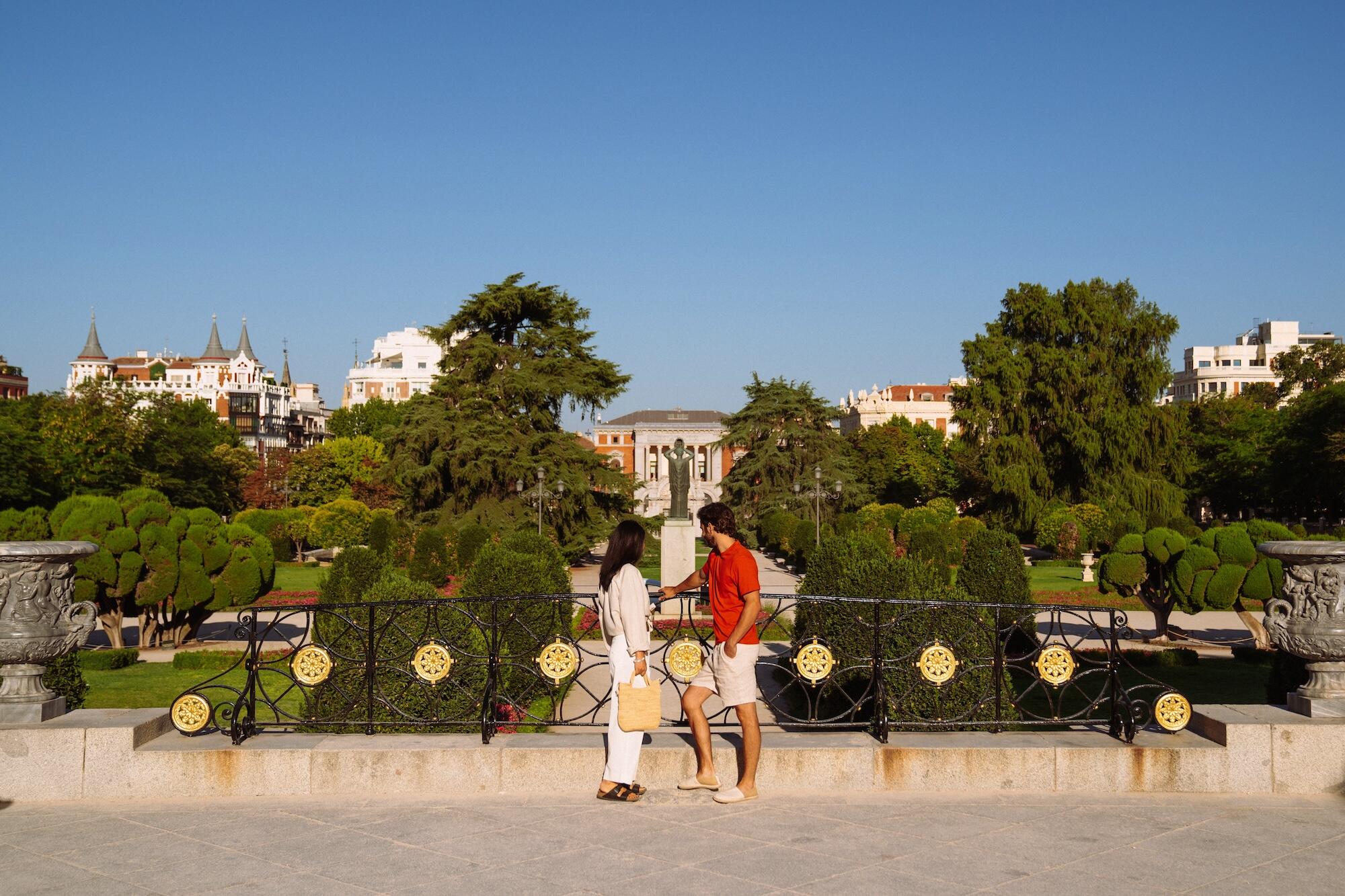
A metropolis and region of 6.6 million people and inhabited since prehistory, Madrid has been Spain’s economic and cultural center since the Middle Ages. It shows – the city is ripe with experiences that exemplify Spanish life – the eclectic blend of art, culture, food and drink, and a laid-back lifestyle and welcoming culture that creates the unique world capital. Upon landing, you’ll find a multi-faceted, sprawling community that feels at once homey and yet worlds away: taking advantage of this, a perfect first stop once settled would be to see a traditional performance of flamenco. The folkloric dance, a symbol of Spain and a hugely important cultural export, found its global home in Madrid as the city gave birth to tablaos, the theaters (and literal wooden-plank stages) where the dance is performed. Madrid has earned its reputation as “the world capital of flamenco,” from organizations like UNESCO who placed the art on their Representative List of the Intangible Cultural Heritage of Humanity.
Tablao 1911 in the Las Letras neighborhood is aptly named, as it has been home to flamenco tablaos since that same year. One of the most celebrated and long-lasting tablaos in the city, everything from the historic facade to the traditional dance routines exudes historical wonder and charm. For amazing tapas-style dining on top of a flamenco performance, Cardamomo, the Centro district tablao recognized by Madrid as a purveyor of cultural heritage for its flamenco, is also home to an amazing food and drink menu, including an amazing tapas plate for two with Spanish cheeses and Iberican ham.
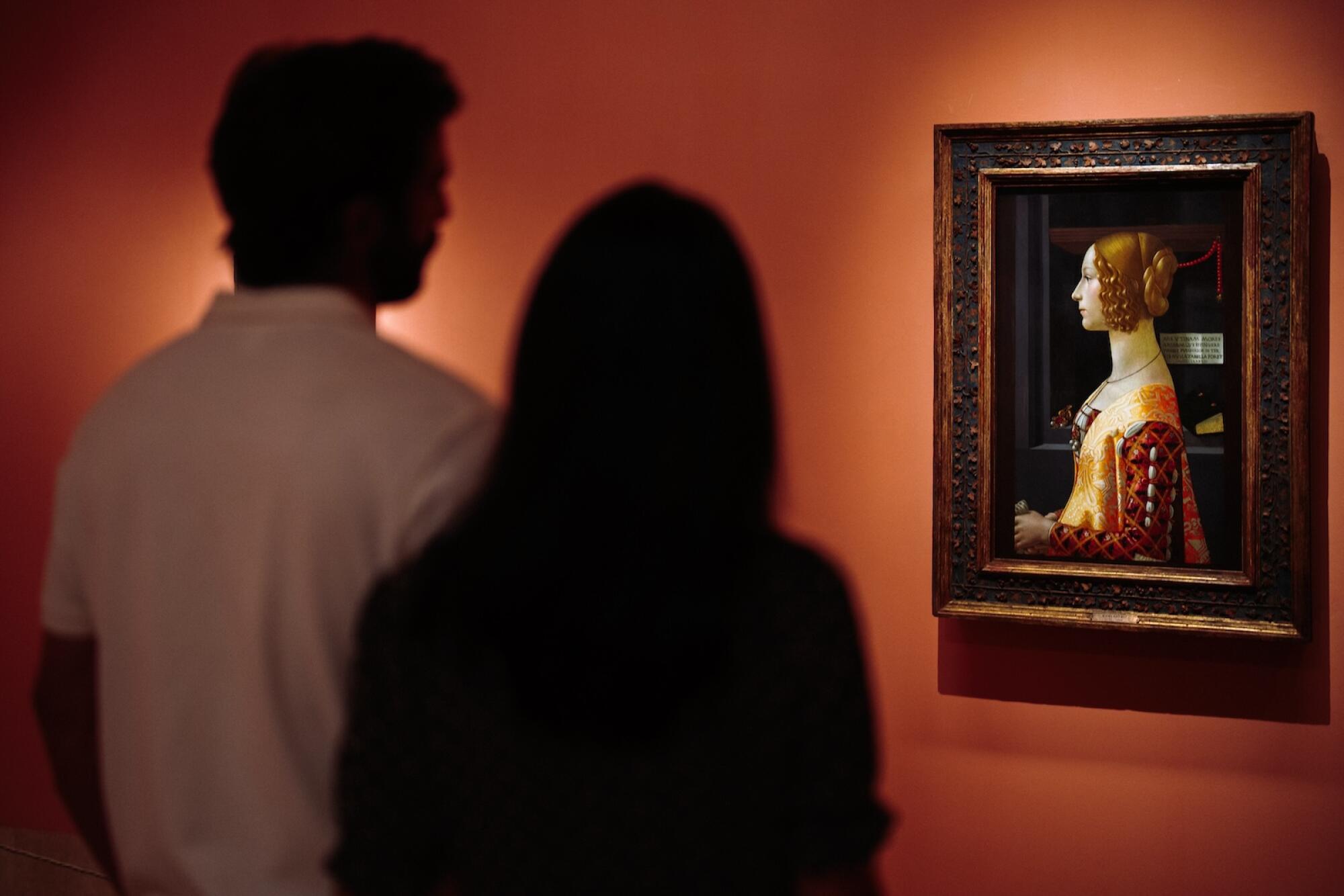
Madrid is also highly touted for its amazing collections of classical and modern art. Museo Nacional Del Prado is Madrid’s center for art and culture, featuring works by Goya, El Greco and other hugely important Spanish artists. But the Prado is only one corner of Madrid’s unique Art Triangle – a trio of museums, also featuring Museo Nacional Centro de Arte Reina Sofía and Thyssen-Bornemisza Museo Nacional, that offer modernist artworks and European historical art, respectively – spending a day in the halls of these beautiful galleries will give an amazing overview of the breadth and depth of Madrid’s artistic pedigree.
An unexpected delight in central Madrid is the fourth-largest dome in all of Europe – the neoclassical Royal Basilica of San Francisco El Grande features an enormous frescoed interior space painted by famed Spanish artists.
Dining in a World Capital
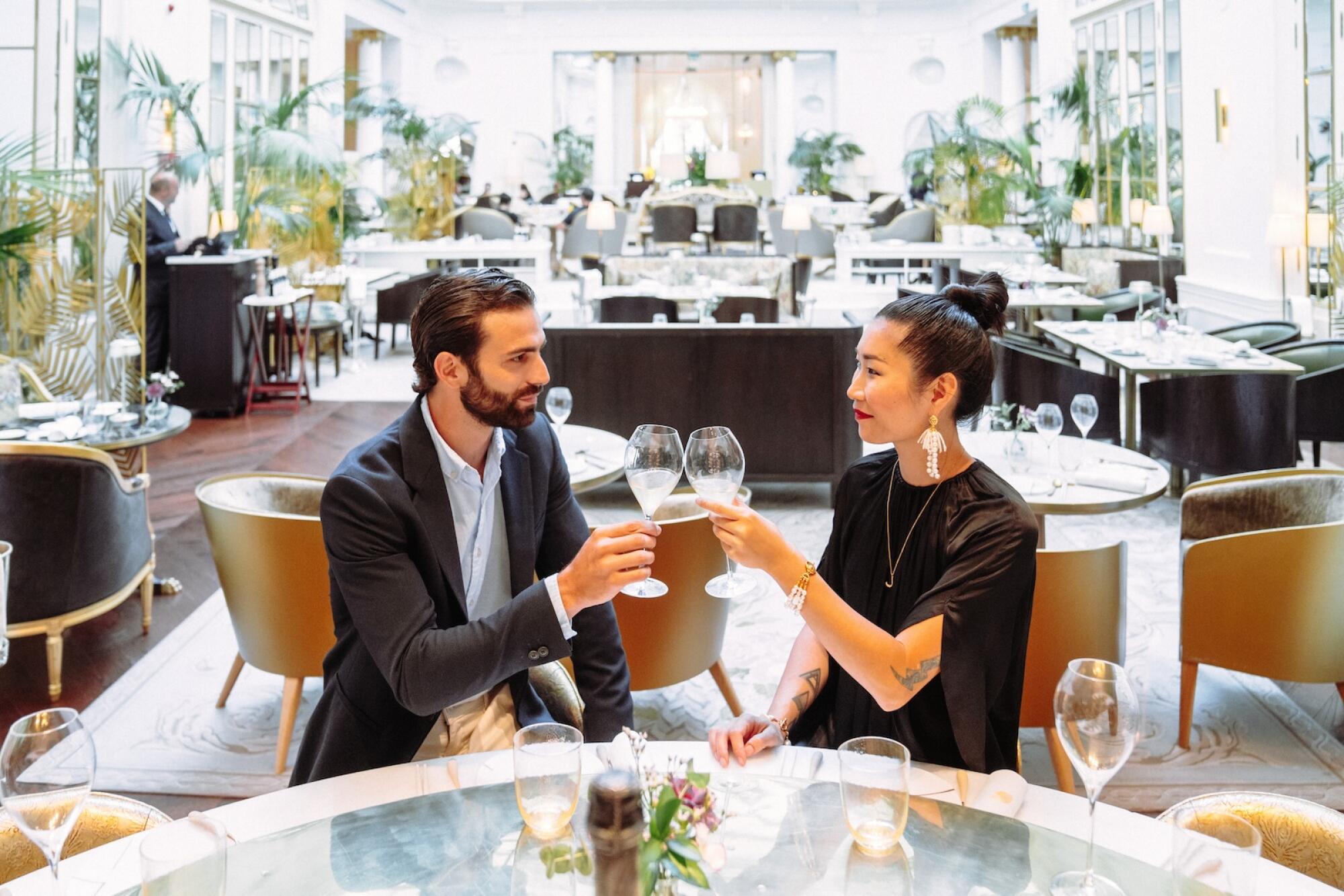
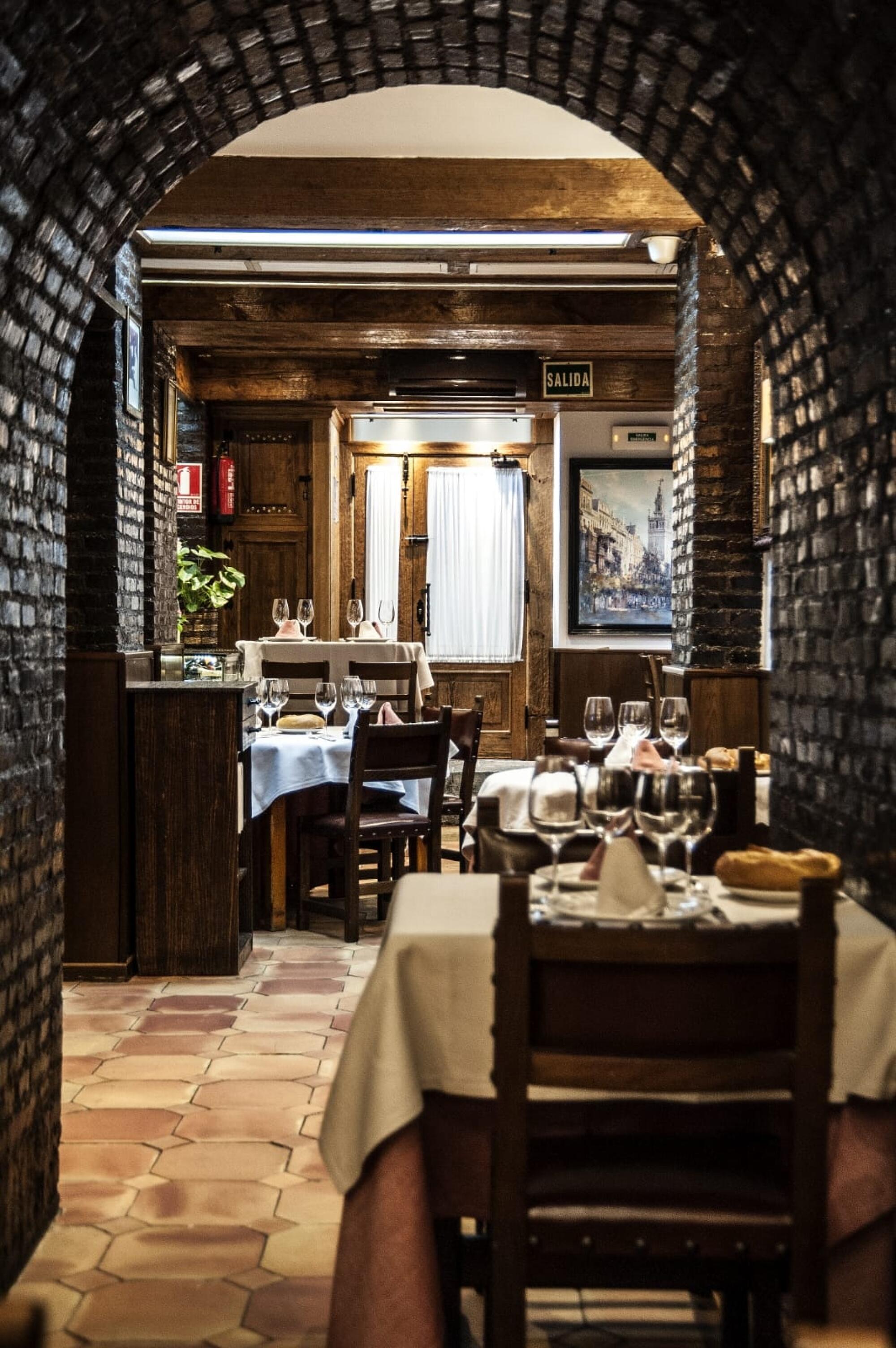
Southern Californians are used to having myriad options when it comes to food. Madrid is no different, with cuisines from across the globe coalescing to create a wonderful cultural mélange. That said, when choosing where to eat in the city and its surroundings, it’s sound advice to seek out the places that do justice to the country’s cuisine and its influences. A perfect beginning is to dine at a traditional mesón – Casa Lucio is a perfect place to start. The restaurant, frequented by locals and celebrities alike, specializes in traditional favorites in an over-100-year-old environment.
Madrid is not simply traditional fare, of course. The city is home to lauded and awarded dining, including Michelin-starred Gofio, an intimate dining experience that offers an elevated take on the Canary Islands’ traditional flavors. For a truly unforgettable experience, find yourself in the airy dining room of two Michelin–starred DiverXO. The restaurant, based on the one-of-a-kind, often playful and irreverent flavors of chef Dabiz Muñoz – placed on many short lists as “best chef in the world” – is singular gastronomy that has to be experienced to be believed.
Local Traditions
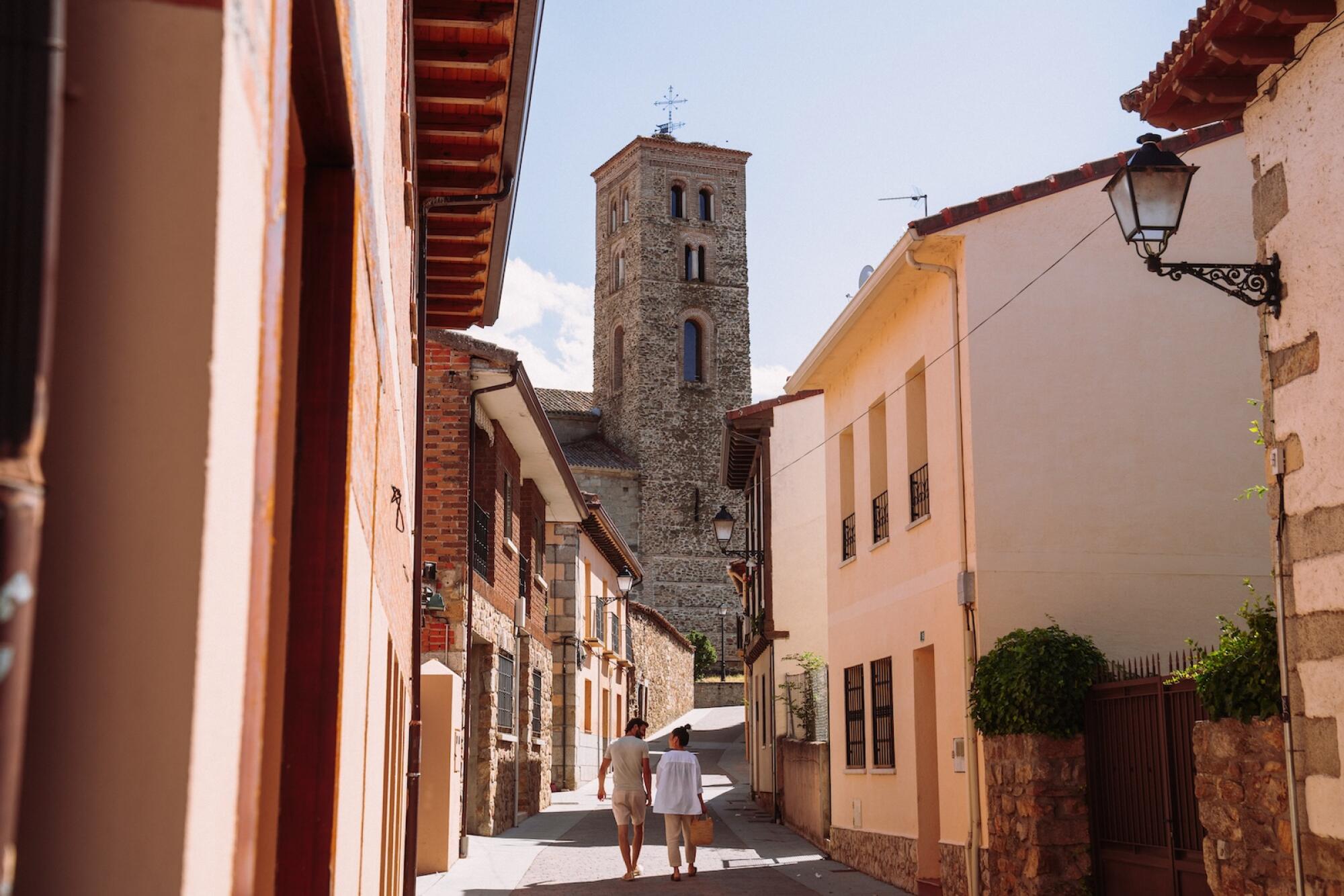
A sip of a fine spirit is as tightly woven into the culture of Greater Madrid as is the food scene, and the search for it allows you to cast off the city feel and find yourself in environs that are beautifully preserved and culturally authentic. Spain’s most famed fortified wine, vermouth, is available widely, from sidewalk tapas restaurants to high-end cocktail bars. To experience it like a local, a tapas taberna offers the famed small plates coupled with vermouth on tap, or vermut de grifo. The aperitif, which is experiencing a resurgence, is still made traditionally, but is also being refined and remixed by young gastronomic experts.
Of course, vermouth is created from white wine grapes (the color in vermut rojo comes from spices and flavoring added later in the fortification process), and many vineyards dot the surroundings of Greater Madrid. Start at Casa Alberto, opened in 1827 and known for generations as the perfect place to sip and dine, offers its own variety of vermouth. Famed wineries that produce the grapes are open to tours, and many are less than 30 minutes from the city center. It’s a perfect jumping off point to experience the Spanish countryside and immerse yourself in the terroir that lends itself to the finished bottle of wine or vermouth.
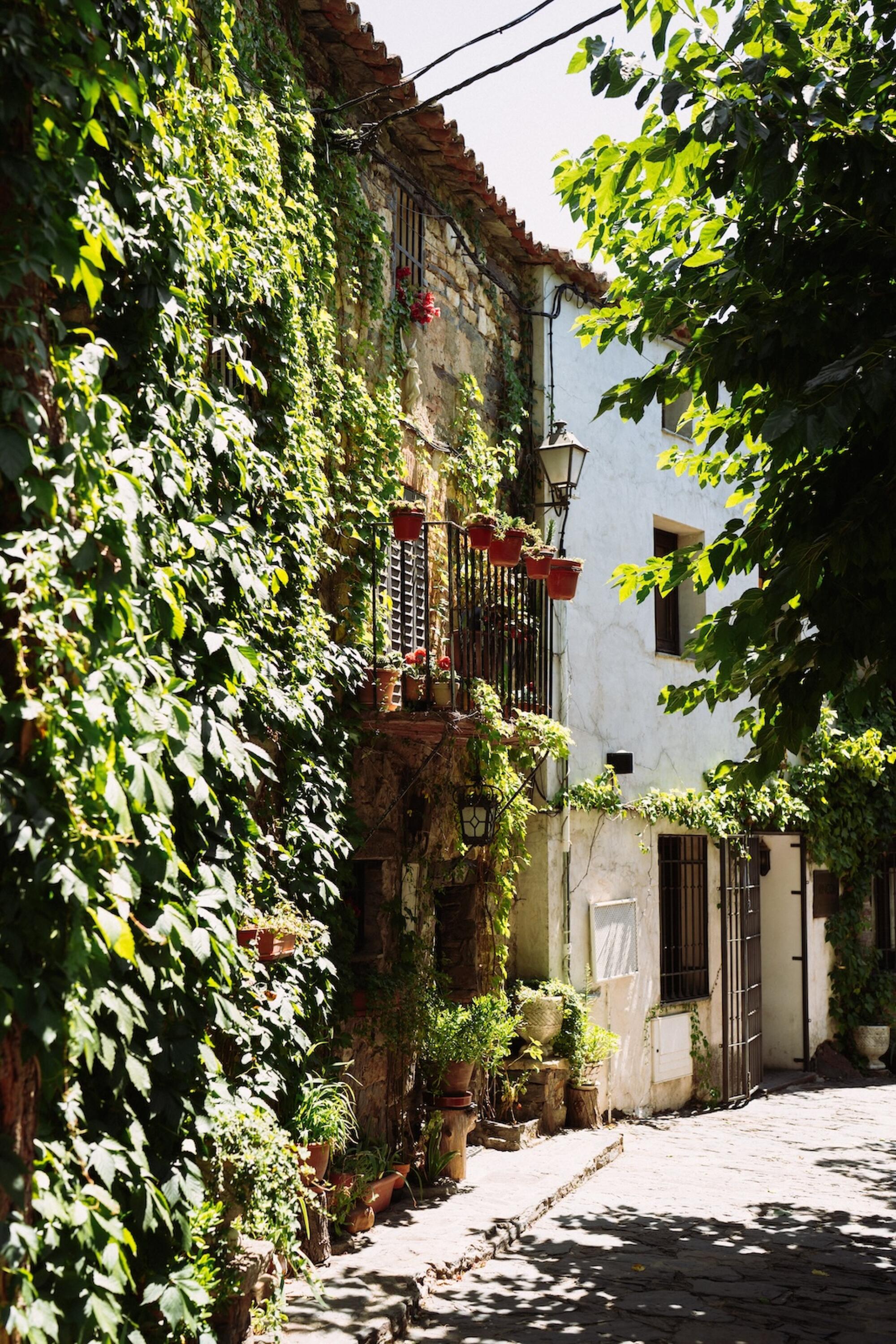
There are several stopping points where you can sit, relax, get a glass of your pleasure, and enjoy the pastoral villages in the region. There are many small towns and villages in the countryside surrounding the city – in fact, it’s a local tradition to head out on weekend mornings to these locations, find fresh produce at their hyper-local farmer’s markets, grab a traditional lunch, and head back into the city in time to relax prior to dinner or an evening out. The medieval village of Patones de Arriba features gastronomic highlight at El Rey de Patones, with Spanish delights and local wines served up on a quaint terrace overlooking the mature fig trees of the town.
One such location, Manzanares el Real, features a well-preserved medieval castle, the New Castle of Manzanares el Real, at its center. The gorgeous structure, postcard-perfect and featured in films such as El Cid, is the perfect background for sipping a vermouth or wine and gazing at the layers of history that build upon themselves to create the modern Madrid region.
Natural Wonder
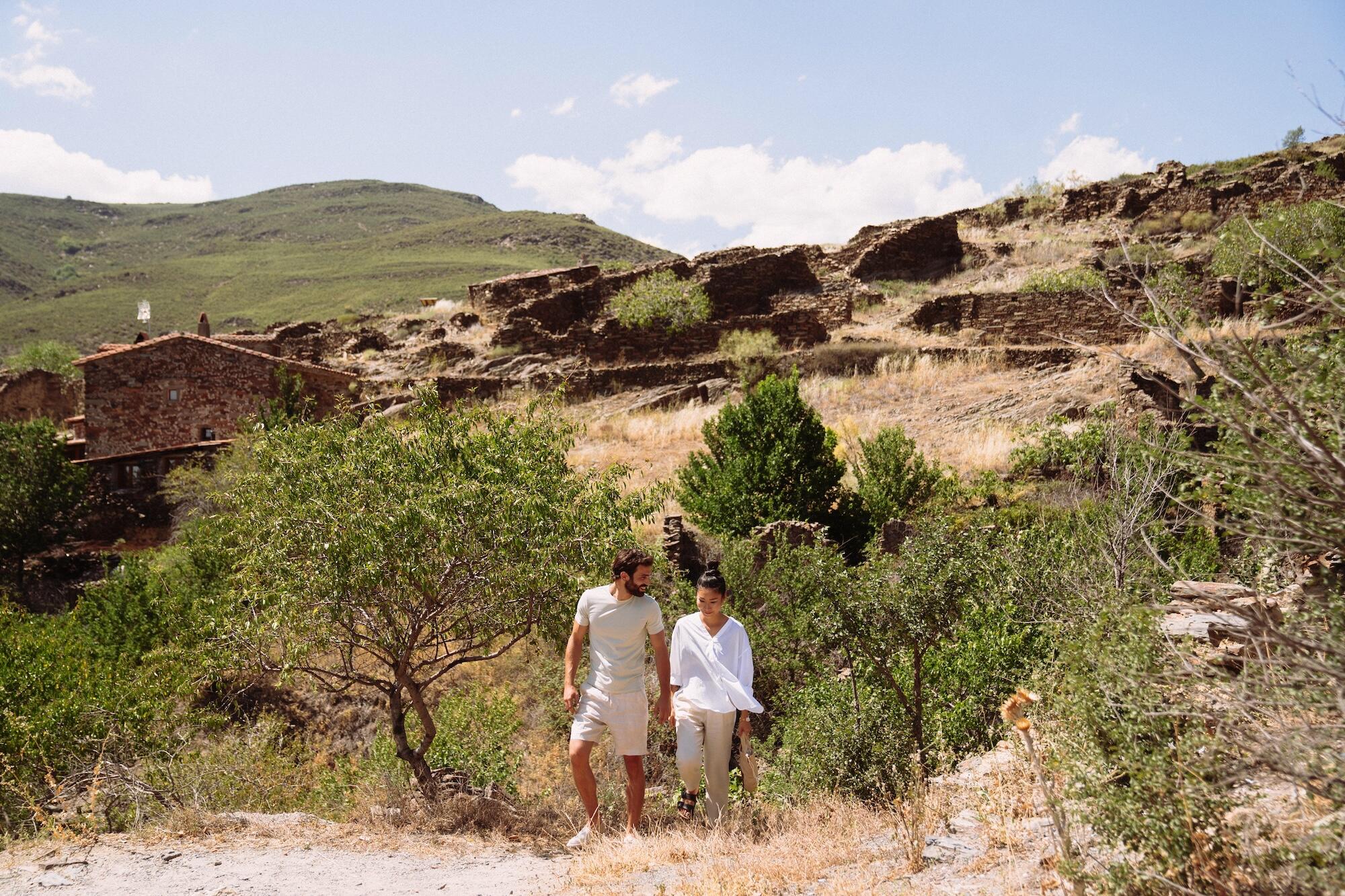
While the cityscape of Madrid is impressive and could be worth weeks of exploration on its own, to get the most of the region, there are experiences that are must-visit – best of all, you can wake up in your central city hotel and be hiking within the hour. While Southern California offers no shortage of varied, rugged terrain to explore and enjoy, the familiar Mediterranean climes of Madrid belie the differences in geology and natural beauty. The highlands of the Sierra de Guadarrama mountain range tower over the landscape with snow-capped peaks. In the foothills of these mountains, both natural features, native flora and fauna, quaint villages and olive groves dot the region.
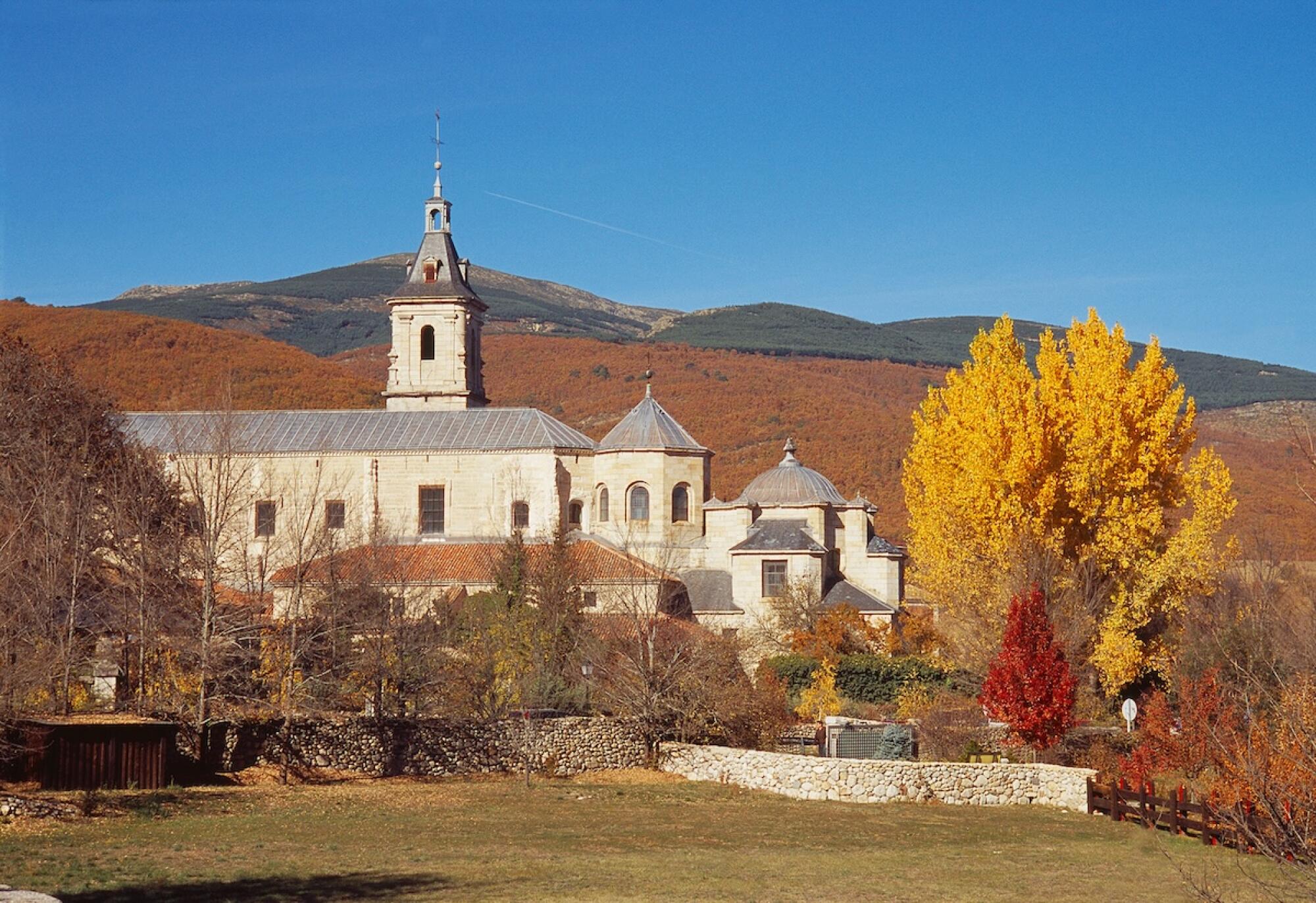
In Rascafría, seasonal delights abound. In the summer, the town center bustles with visitors escaping the heat by wading in the Lozoya River, near the Real Monasterio de Santa Maria de El Paular. The monastery, dating from the late 1300s, is occupied by a Benedictine order of monks who practice the traditional lifestyle, and much of the site is open to the public to explore.
A Luxe Experience

No European vacation should end without a bit of indulgence – and while Spain’s food and drink might be indulgent enough, there’s always room to do something for yourself or have a memory or two to keep. The Salesas neighborhood offers a fun, quirky experience to find unique items in a hip setting – it’s a perfect place to spend an afternoon, get coffee or tea, and find a one-of-a-kind gift. For a treat after you’ve done all that walking, start your evening or end your day in the basement of 1862 Dry Bar in the adjoining and walkable Malasaña neighborhood. The oft-lauded Malasaña cocktail bar features global classics in its vaulted brick setting. Try the Martínez, which features sweet vermouth, gin, Maraschino liqueur and Angostura bitters.
Whether a drink or a meal, an experience or a beautiful sight opens or ends your journey to Madrid, you’ll find yourself satiated and replete with amazing memories of a unique experience.
Plan your trip to Madrid today!
